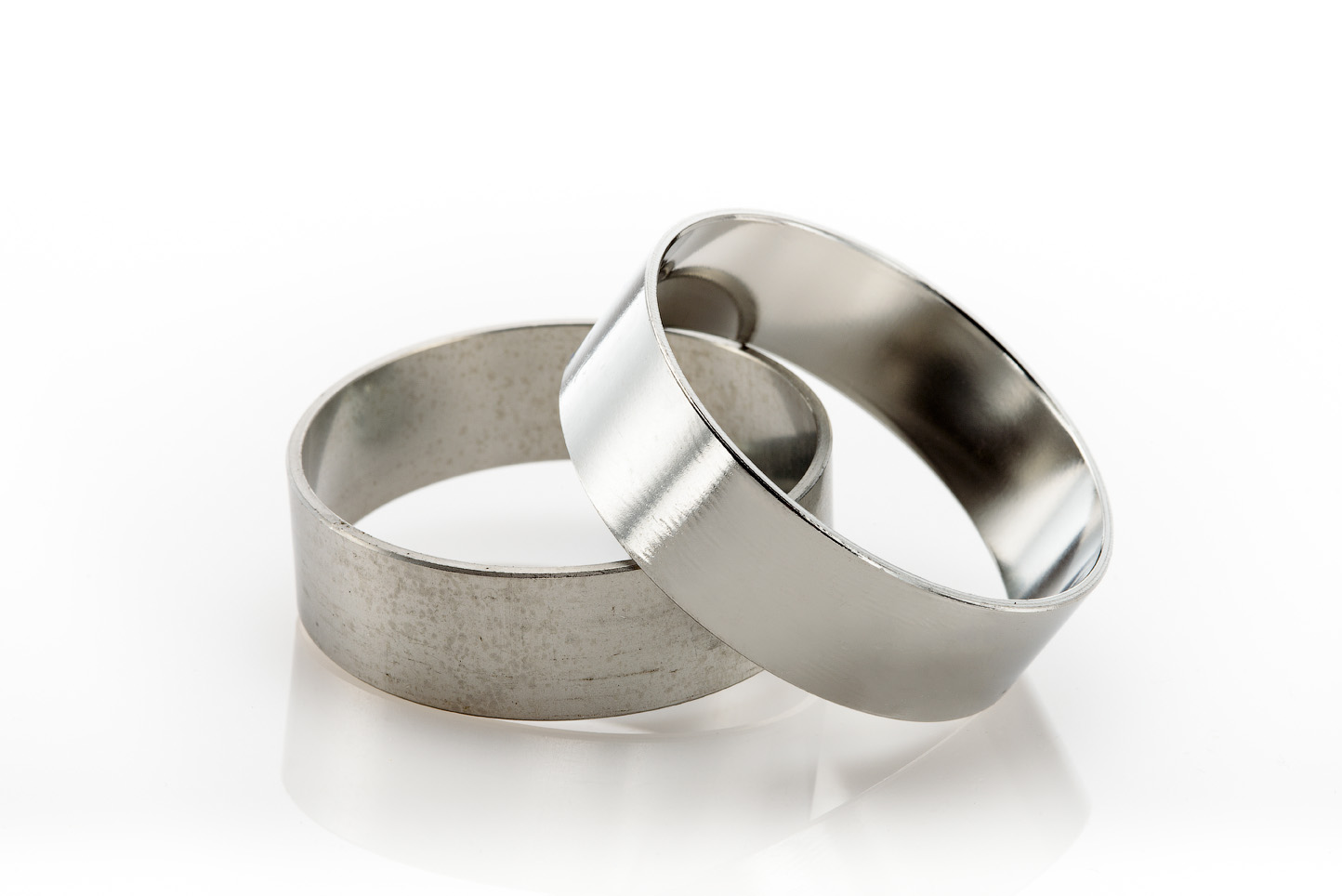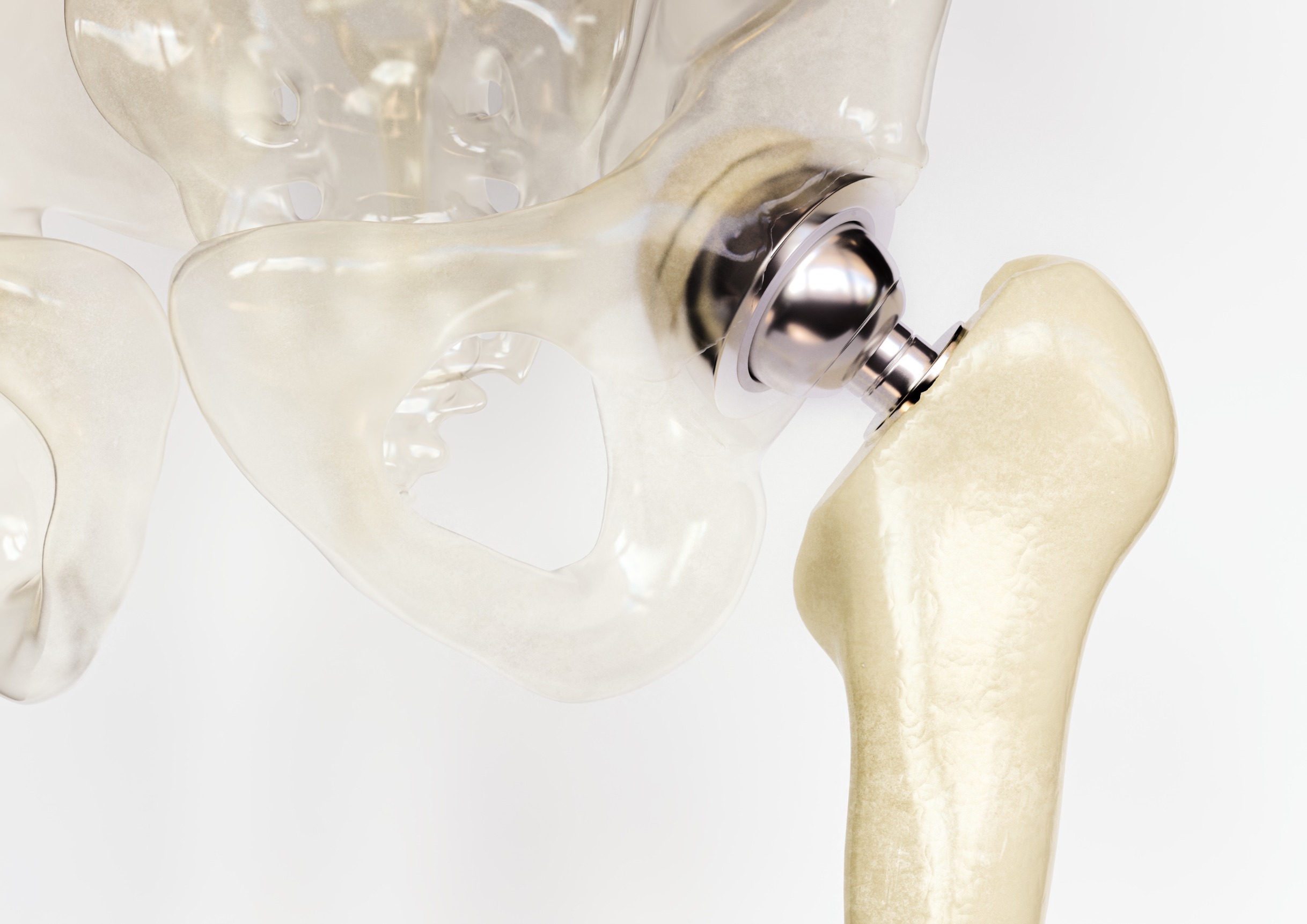The Benefits of Electropolishing stainless steel for the Orthopedic Industry
Stainless steel electropolishing is a critical finishing process for the orthopedic manufacturing industry. By improving the surface finish, it helps products meet medical standards and improves product performance. It also improves manufacturing productivity and efficiency in the production process. Let’s take a closer look at the benefits of electropolishing stainless steel for the orthopedic manufacturing industries.
Enhanced Durability
Electropolishing stainless steel products is the best way to ensure that your products are as durable as possible. The process of electropolishing removes microscopic impurities from the surface of the metal, leaving it smooth and free of any imperfections that can lead to corrosion and weaken the material. This allows for a more durable product that will last longer, making it the perfect choice for the orthopedic industry.
Increased Corrosion Resistance
The process of electropolishing increases the corrosion resistance of stainless steel products through a process known as passivation. By removing microscopic impurities from the surface of the metal, it makes it harder for corrosion to take hold. This makes stainless steel passivation through electropolishing the perfect choice for products that will be exposed to harsh conditions in the orthopedic industry.
Does Electropolishing Prevent Corrosion?
“Electropolishing is an electrochemical process that enhances metal alloys resistance to corrosion. Electropolishing is used to clean, deburr and passivate metals by removing impurities from the surface left behind from manufacturing processes.”
Improved Surface Finish
Another benefit of electropolishing stainless steel products is the improved surface finish that it provides. The process helps to create a smooth and consistent surface that is free of any imperfections or blemishes. This makes for a better-looking product and allows for a more precise fit when used in the orthopedic industry.
Improved Product Performance
The primary benefit of using electropolishing for orthopedic manufacturing is improved product performance. By removing imperfections from the surface of stainless steel components, electropolishing reduces friction between parts and increases wear resistance, which can help extend product life and improve patient safety. Additionally, since electropolished parts have an improved surface finish, they are more aesthetically pleasing. Furthermore, since it removes microscopic burrs from machined components, it can reduce assembly times by eliminating additional cleaning steps.
Dimensional Accuracy
Electropolishing is a controlled process that removes material uniformly from the surface of the instruments, ensuring dimensional accuracy and maintaining the precise tolerances required for orthopedic applications.
Biocompatibility
The smooth and clean surface produced by electropolishing is biocompatible, meaning it is compatible with living tissues and minimizes the risk of adverse reactions when the instruments come into contact with the patient’s body.
Stainless steel electropolishing offers numerous benefits for orthopedic manufacturers looking to improve their product performance while reducing costs in the long run. With its ability to remove imperfections from components while improving aesthetics, it’s no wonder why so many companies are turning to electropolishing as part of their standard practices — especially those involved in medical device manufacturing where precision is key! If you’re looking for ways to improve your product performance, contact the stainless steel electropolishing professionals at New England Electropolishing to have a free sample part electropolished and shipped back to you at no cost.
NEE is a ASTM A967, ASTM B912 and ISO 13485 certified company specializing the passivation of stainless steel through the precision electropolishing of stainless steel.
Electropolishing Resources
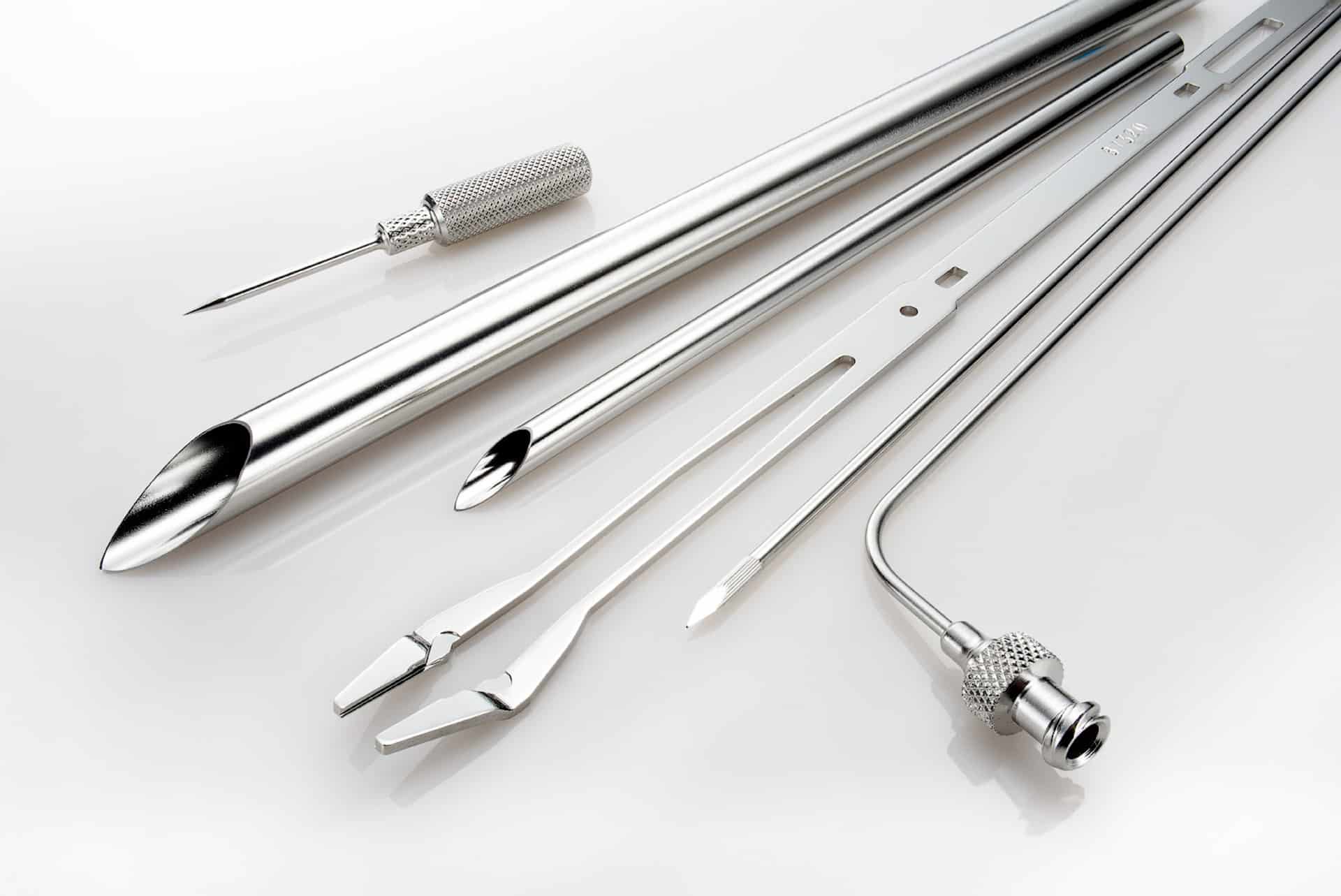
What is Electropolishing?
Electropolishing is an electrochemical and reverse plating process that removes the outer layer of skin on a metal...
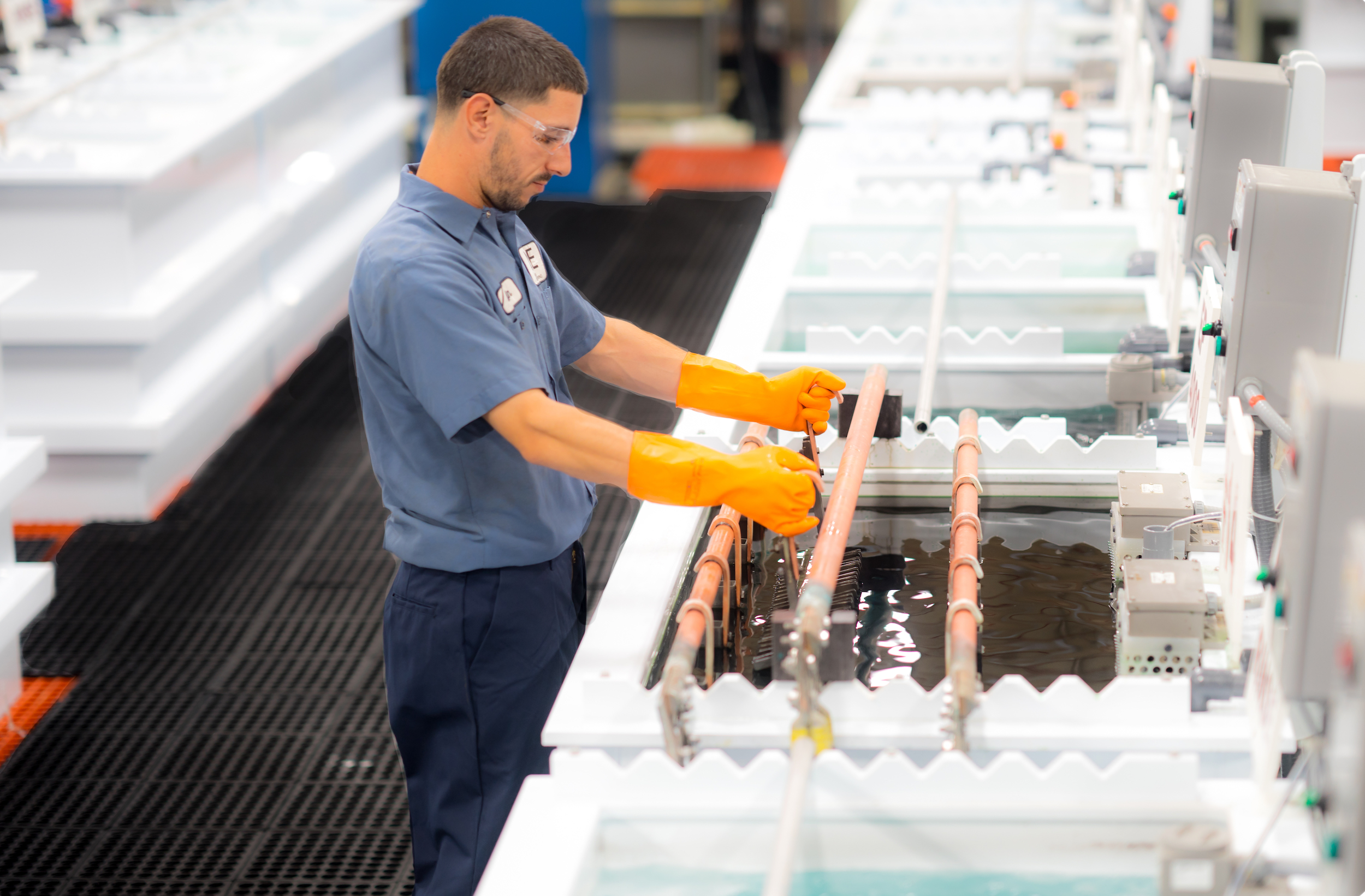
The Electropolishing Process
The electropolishing process is initiated by immersing a metal part into a temperature-controlled bath of electrolyte...
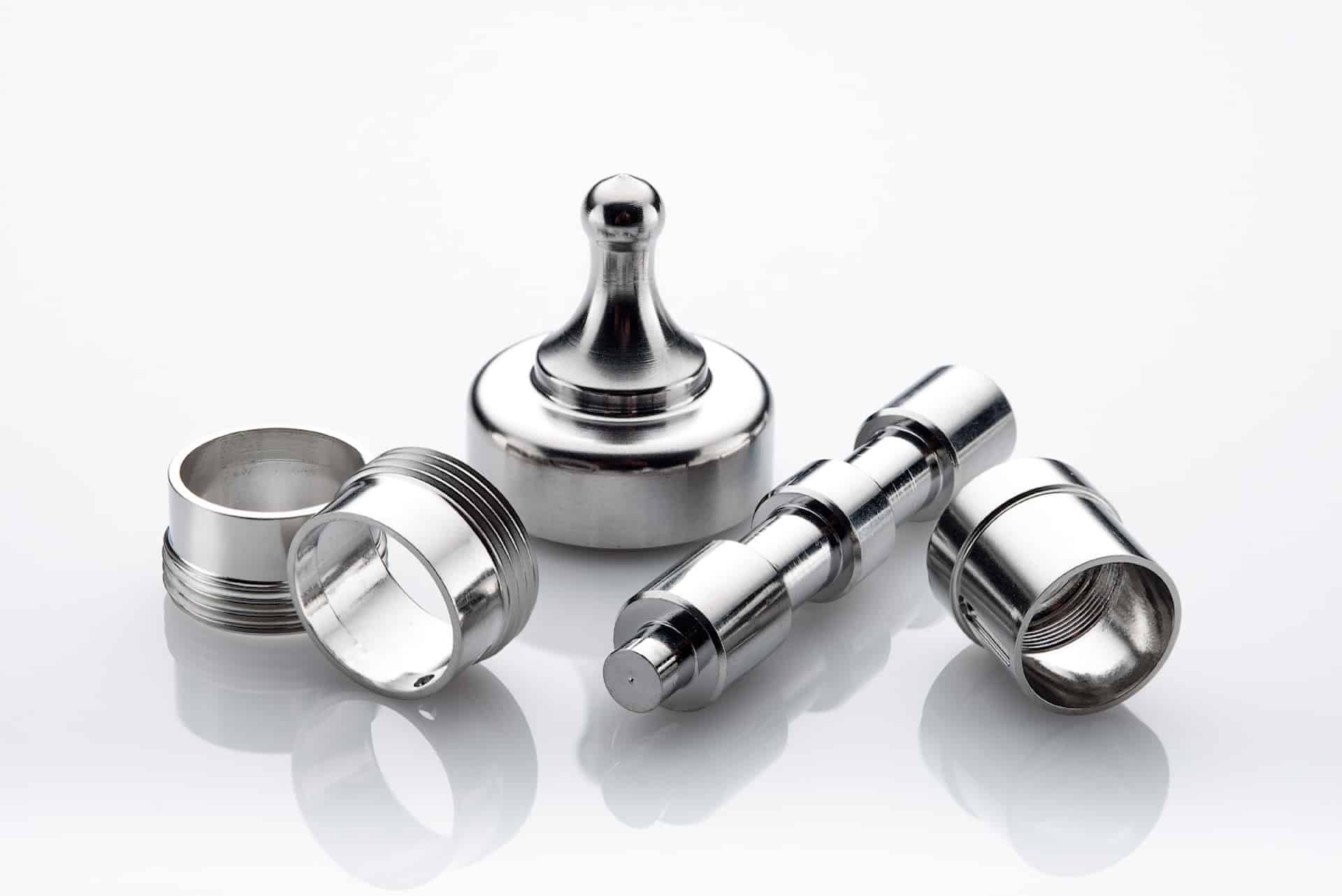
Benefits of Electropolishing
Curious about the benefits of putting your parts through the electropolishing process? Read along below where we...
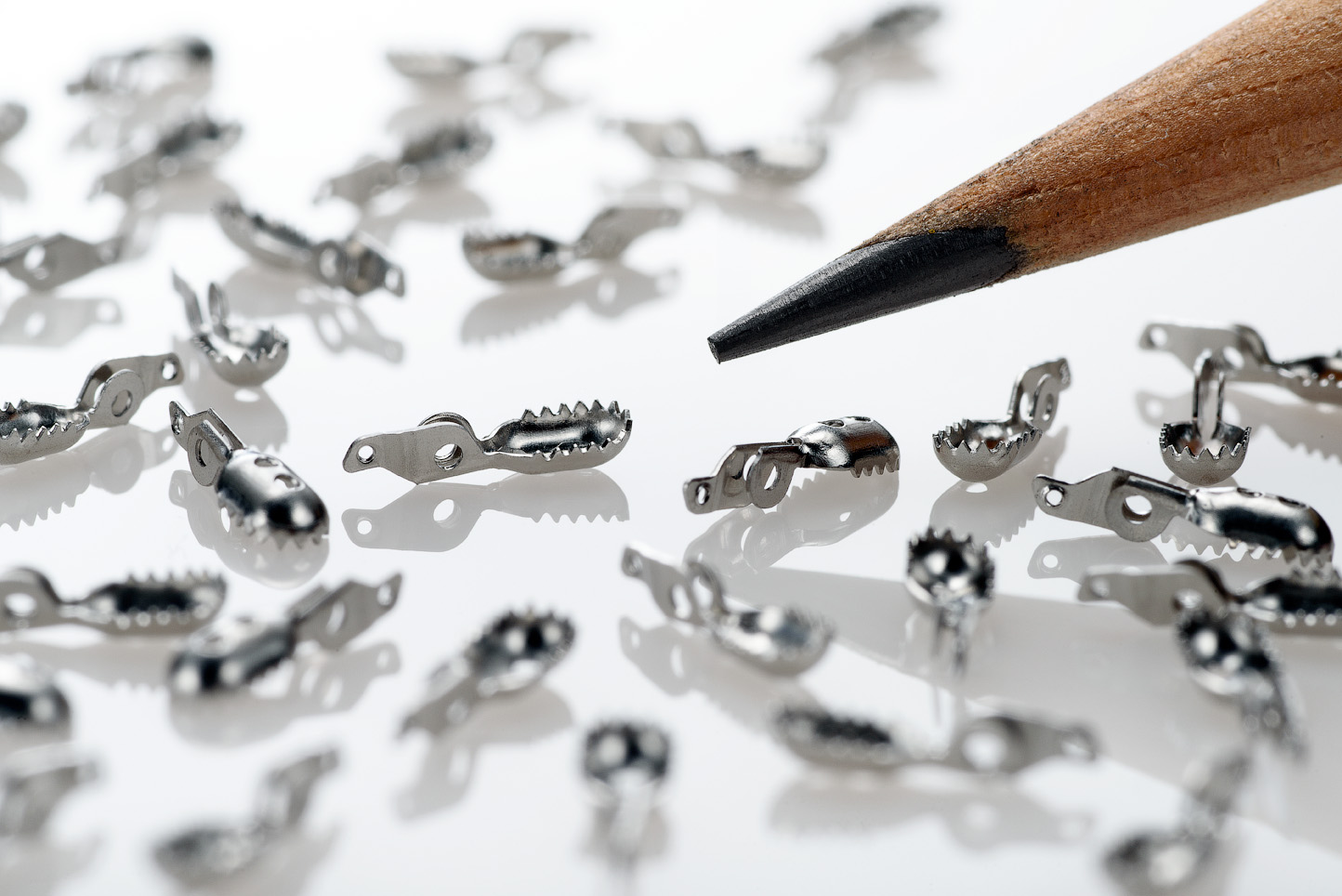
How Much Material Does Electropolishing Remove?
Electropolishing, when done properly is a highly controllable process which removes as little as...
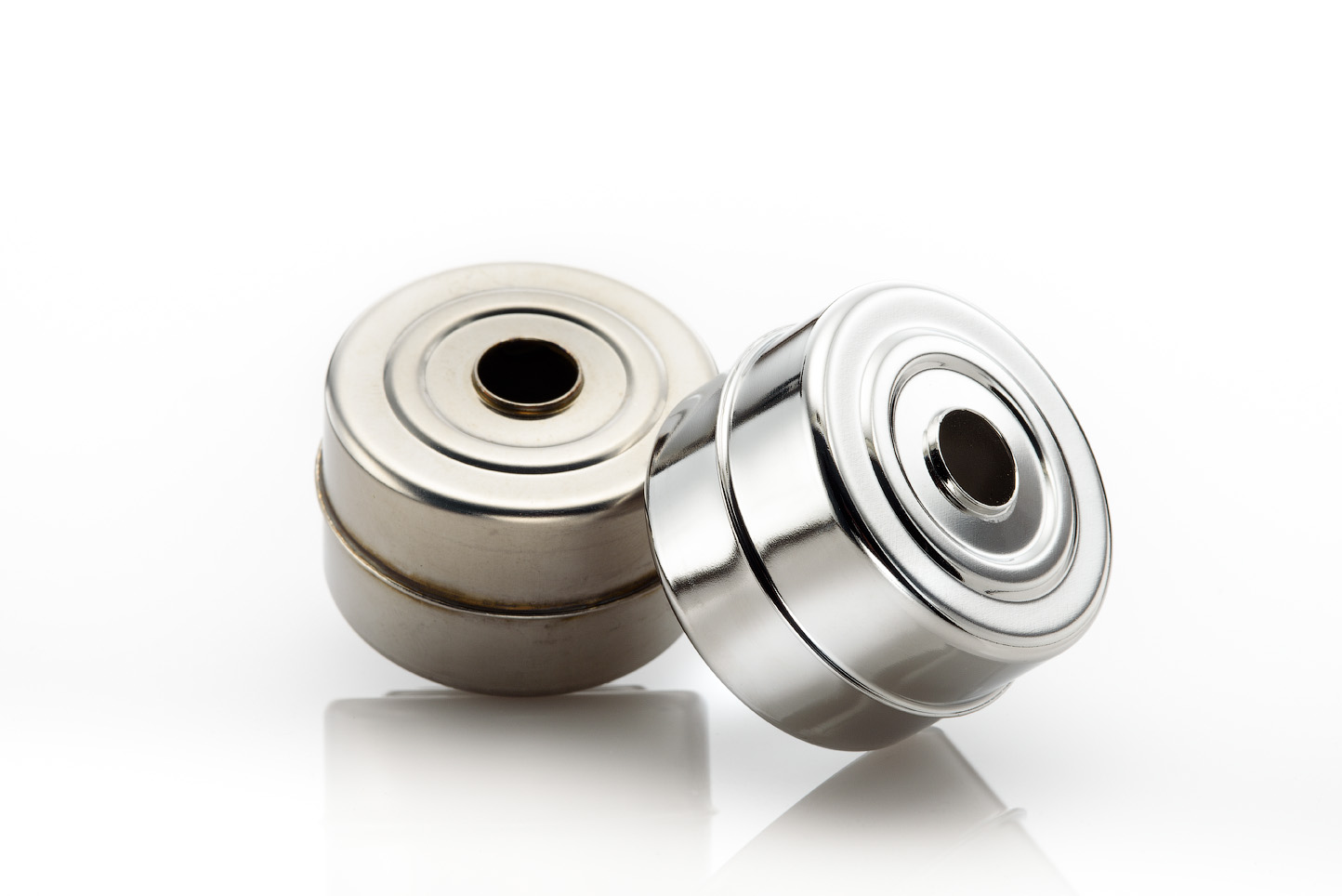
How Much Will Electropolishing Improve the Surface Finish of My Part?
Ra and RMS are both representations of surface roughness. Ra is calculated as the roughness average of a surface’s...
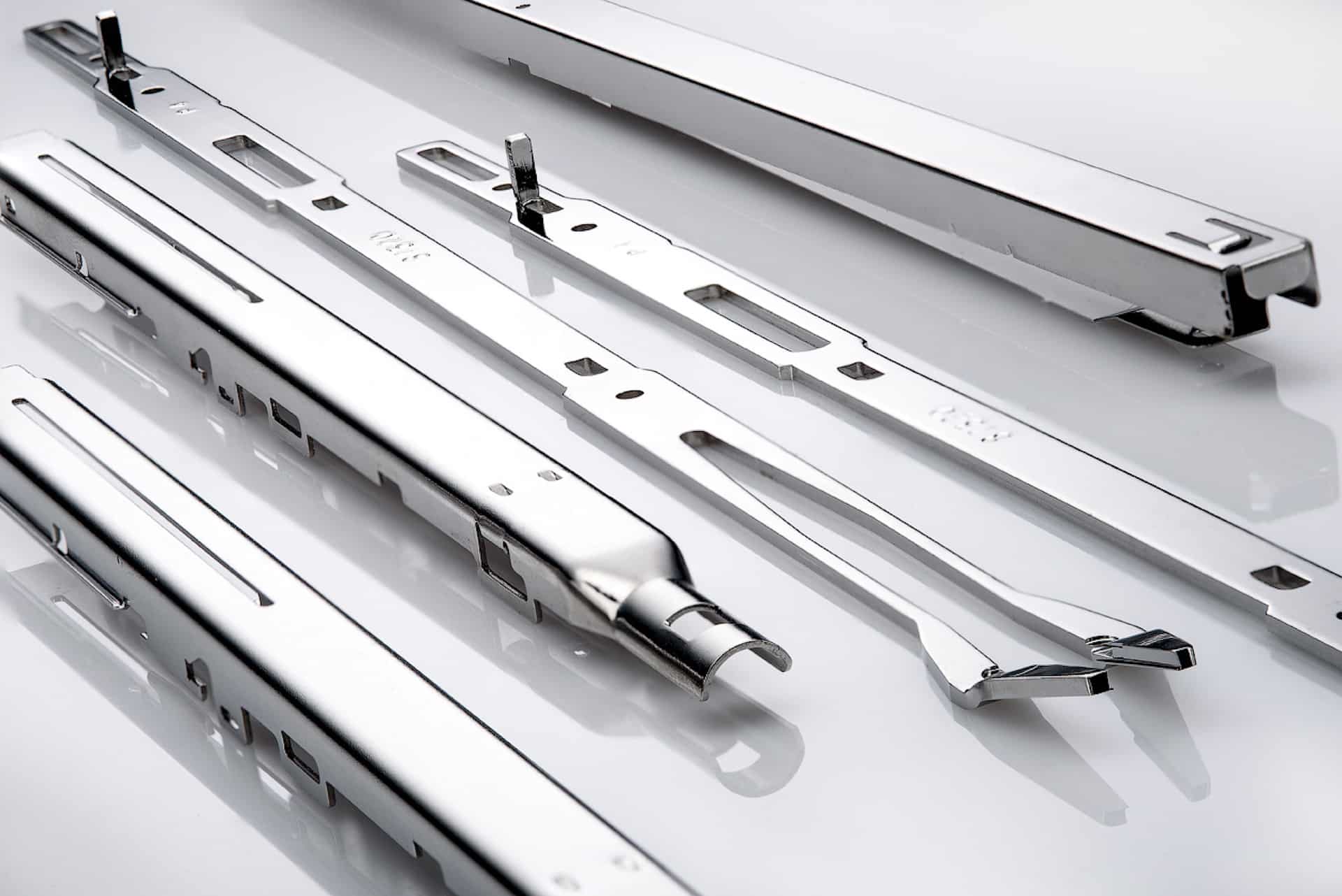
Electropolishing Frequently Asked Questions
Learn the difference between electropolishing and electroplating as well as how the electropolishing process works...

What is ASTM B912?
ASTM B912 is an industry standard for the passivation of stainless steel alloys through electropolishing...
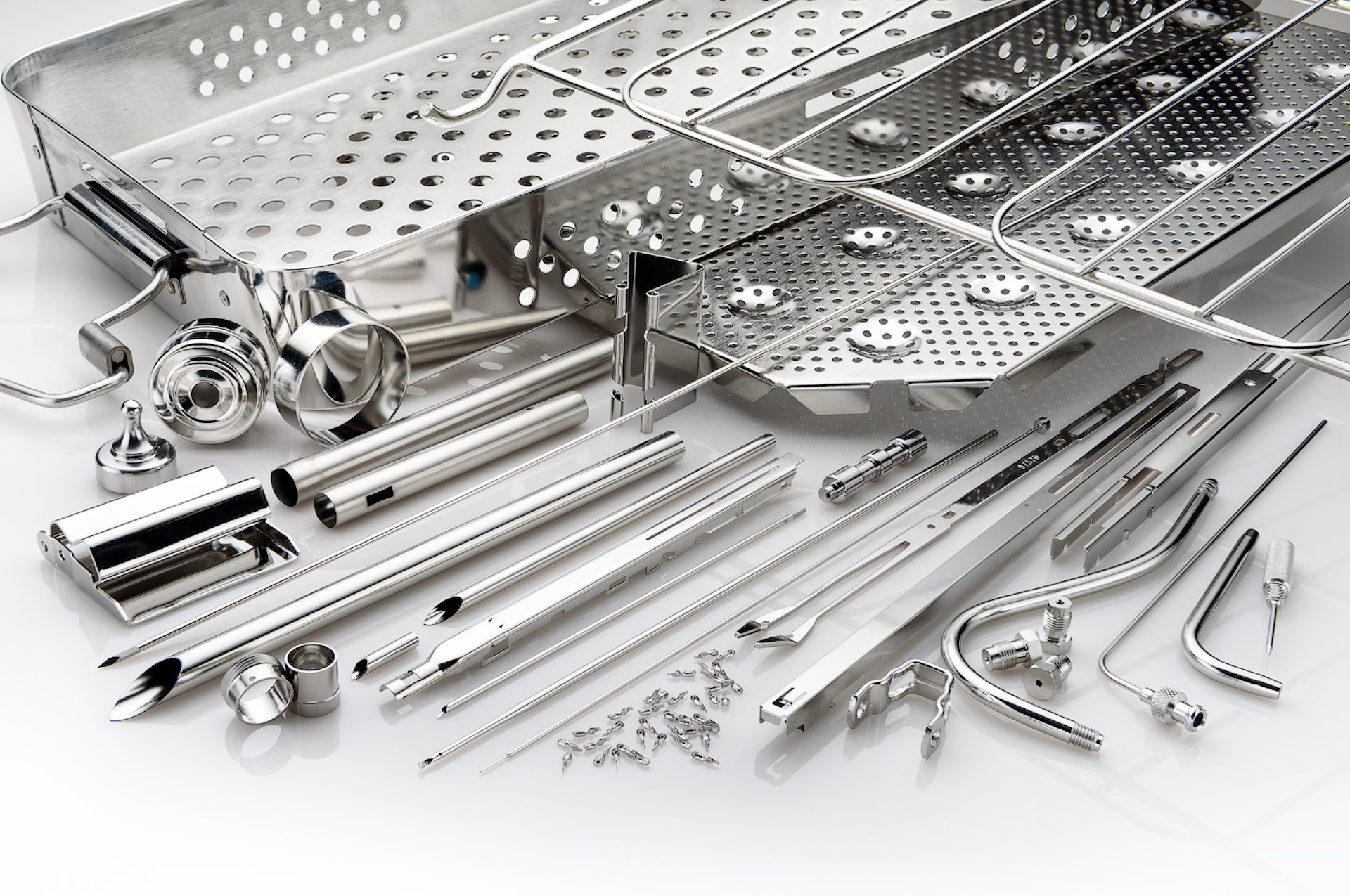
What is ASTM A967?
ASTM A967 is an industry standard specification for the chemical passivation treatments for stainless...
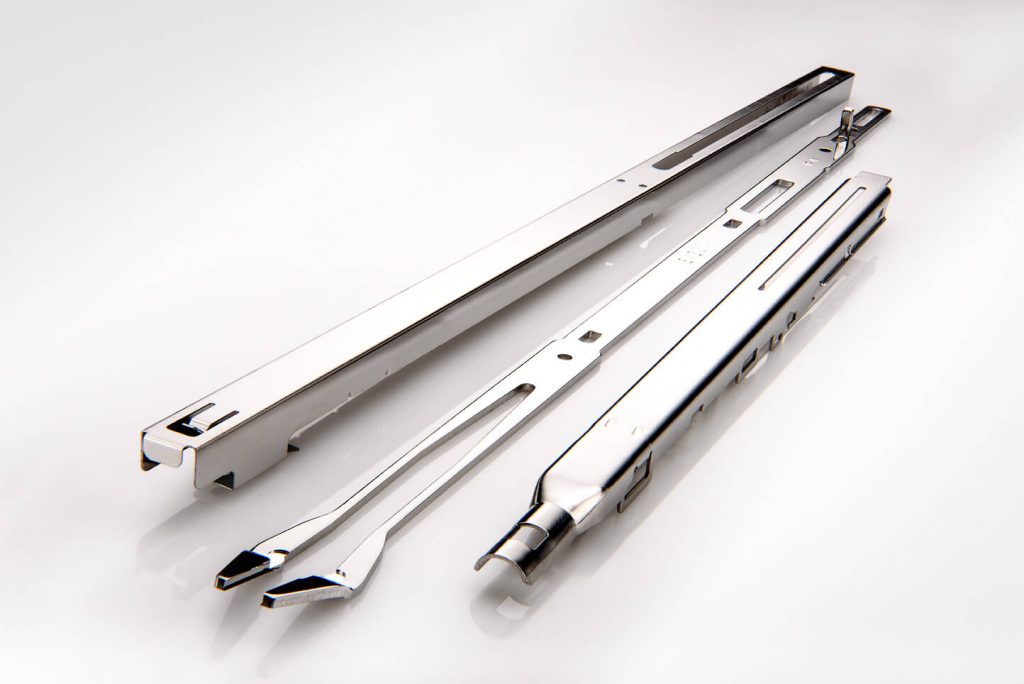
What is ISO 13485?
ISO 13485 is a standard that applies specifically to medical devices. ISO 13485 is designed to be...
